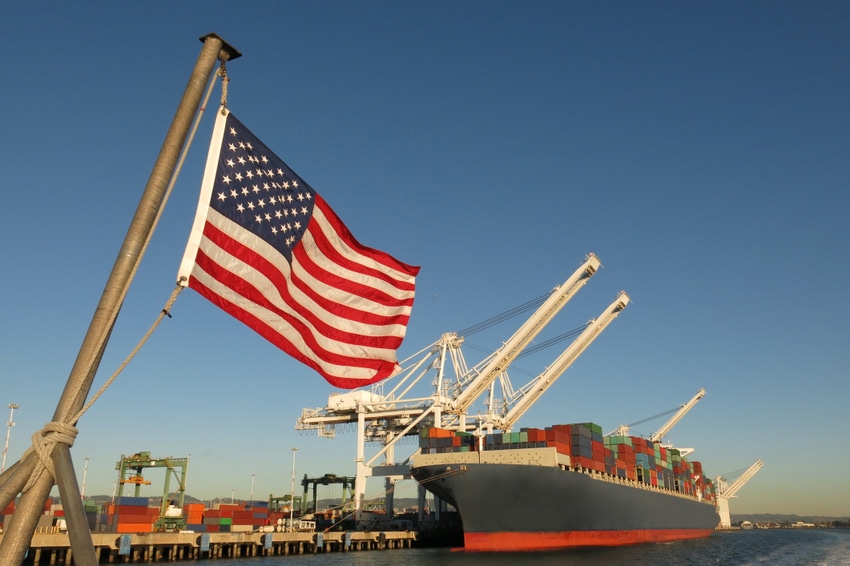Ag exports doing relatively well
Agricultural trade expected to drop 6-12% this year.
July 2, 2020

Although the COVID-19 pandemic has reduced demand for many U.S. products, agricultural exports are holding up well, according to a new analysis by Ohio State University agricultural economist Ian Sheldon.
The reason? “We all have to eat,” said Sheldon, a professor in the College of Food, Agricultural & Environmental Sciences (CFAES).
Even when consumer income declines, the demand for food changes very little, Sheldon said. People in the developed world might be dining out less frequently, but they’re still buying groceries.
Exports of U.S. agricultural goods, including soybeans, are up, Sheldon said. By the start of June, the amount of U.S. soybeans exported was 200,000 tons higher than for the same period in 2019.
“The pandemic has affected ag trade, but not by as much as we thought it would,” he added.
Sheldon’s trade analysis used forecasts from the World Trade Organization, which is predicting that global agricultural trade in 2020 will experience smaller declines compared to other areas of the economy, including retail sales and air travel. Agricultural trade is expected to drop by anywhere from 6% to 12% this year.
While the tonnage of U.S. soybeans currently being exported is higher than the level in 2019, the value of soybeans has gone down, Sheldon said.
The world price of soybeans and other agricultural commodities has been low in recent years, spurred in part by the U.S.-China trade war, which began in 2018 with the first round of tariffs applied to U.S. imports from China, Sheldon said. China reciprocated with tariffs on American products, including imports of soybeans.
“The trade war had already put a big dent in the amount of soybeans leaving the United States and ending up in China,” Sheldon said. “It’s too early to tell if COVID has pushed it even further.”
With tariffs on U.S. soybeans sold in China, private trading companies have been buying more and more soybeans from Brazil. China also is importing more agricultural commodities from Australia, New Zealand and the European Union, Sheldon noted.
While escalation of the trade war ended in 2020 with an agreement that included China making significant trade promises, Sheldon said the commitments will likely not be met.
Even before the pandemic took hold, Sheldon was skeptical that China would be able to fulfill its commitments for purchases of American agricultural goods.
As of the end of May, China’s agricultural imports from the U.S. totaled $7.2 billion, half the dollar amount China needs to meet its commitments for this year.
Sheldon said the COVID-19 pandemic “just throws in some additional uncertainty.”
You May Also Like


.png?width=300&auto=webp&quality=80&disable=upscale)
